We are our cats protectors as their owners. When something is wrong with them, something is wrong with us. All we want is to see them get better. Did you know that hyperthyroidism in cats in steadily on the rise? You may not have heard of this condition before in our feline friends, but more and more cats are being diagnosed with this across the globe each day.
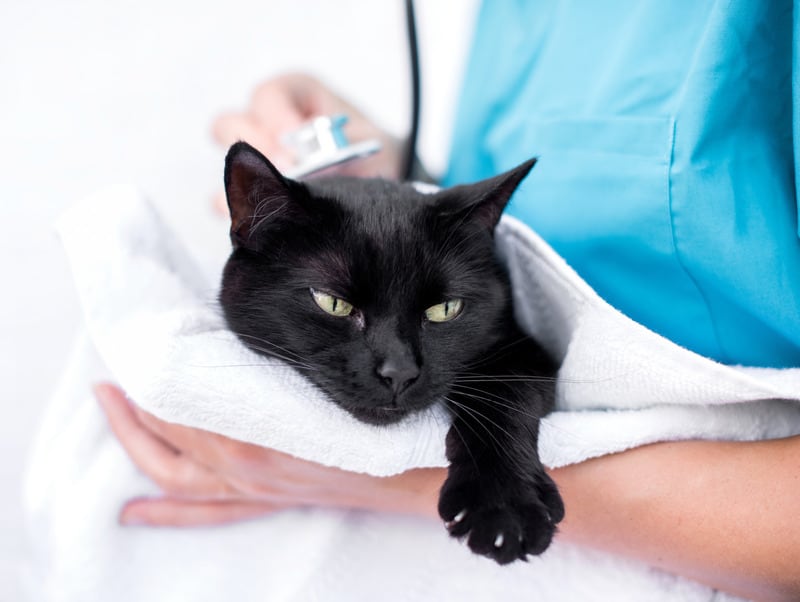
American Veterinarian tells us that the most common endocrine problem of cats worldwide is hyperthyroidism. Here we will break down for you what you need to know so that you can keep your cat safe and get them the help that they need sooner.
What is Hyperthyroidism in Cats?
While any breed can develop this condition, it seems that this condition generally affects cats which are middle or older aged. Hyperthyroidism in cats is also referred to as thyrotoxicosis. It comes as a result of an increased production in the thyroid hormones, which are known as T3 and T4. When this occurs, the thyroid gland(s) in your cat’s neck will become enlarged as a result.
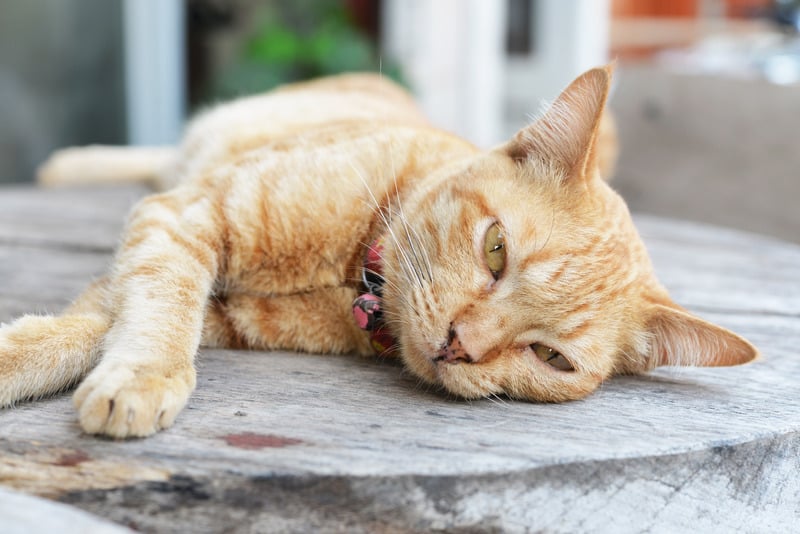
But it appears that the root cause of hyperthyroidism in cats is unknown. Experts are weighing in on this condition which is becoming all too common in our feline friends.
My friend, Dr. Kathryn Primm of Applebrook Animal Hospital in Chattanooga, TN tells me that:
“It is estimated that 1 in 10 senior cats will develop hyperthyroidism. This is a significant increase over historical numbers. There are studies looking at environmental causes. In my opinion all cats over 10 years should be routinely screened, maybe earlier, especially if there is weight loss or any change.”
Your cat has two thyroid glands which are located on the neck. VCA Hospitals shares an image of what a normal thyroid gland should look like, left, with an enlarged gland shown as well, right:
What are the Signs?
Knowing the signs of hyperthyroidism in cats is the first way to get them the help they need.
The signs include:
- Sudden unexplained weight loss
- Sudden increased appetite
- Restlessness or obvious increase in activity levels
- Changes in coat quality, such as a coat that looks thin, greasy, or matted
- Increased heart rate
- Unquenchable thirst
- Diarrhea and/or vomiting
- Weakness/Malaise
- Possible difficulty breathing
Notice the appearance of this cat’s coat pictured below:
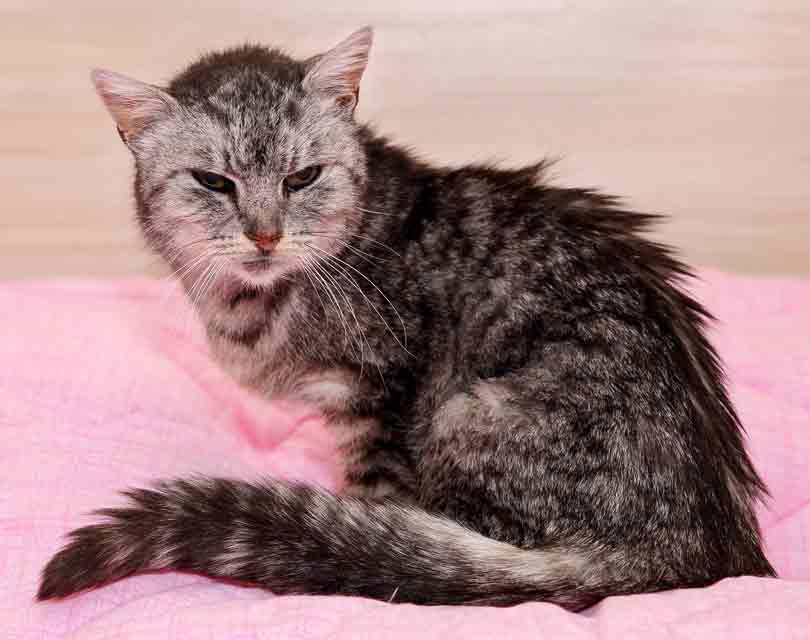
Should you notice any combination of these signs listed above, it is crucial to your cat’s health that you schedule a visit to your vet. These symptoms will only worsen over time and it’s important to your cat’s well-being that they see their veterinarian to assess their health. Should your veterinarian suspect hyperthyroidism, routine blood tests will be performed to verify this.
Once your cat reaches ten years of age, it is best to switch to vet visits every six months to monitor for age-related conditions such as this. Hyperthyroidism can occur along with other medical conditions, and it affects other organs, a comprehensive screening of your cat’s heart, kidneys, and other organ systems is imperative.
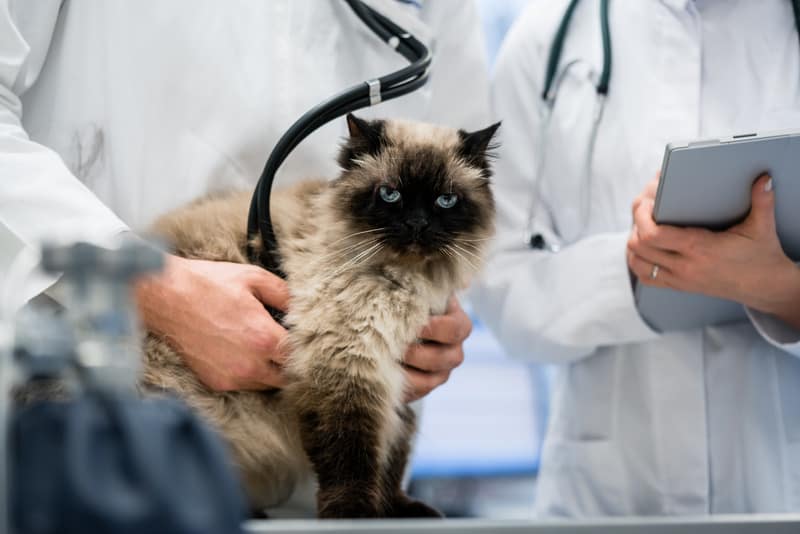
Treatment for Hyperthyroidism in Cats
The most common treatment method for hyperthyroidism in cats is to put the cat on prescription medication which will work to regulate their thyroid’s function. Anti-thyroid drugs act by reducing the production and release of thyroid hormone from the thyroid gland.
A Thyroidectomy is also an option but this can be risky when it comes to older cats. This surgical procedure involves removing most or all of the thyroid gland. Radioactive-iodine therapy is also another treatment option, but this can be quite expensive.
VCA Hospitals tells us that while no individual breed is specifically at greater risk, it’s reported that Siamese, Burmese, Persian, Abyssinian, and Himalayan are reported to have a somewhat decreased incidence of hyperthyroidism when compared to other breeds.
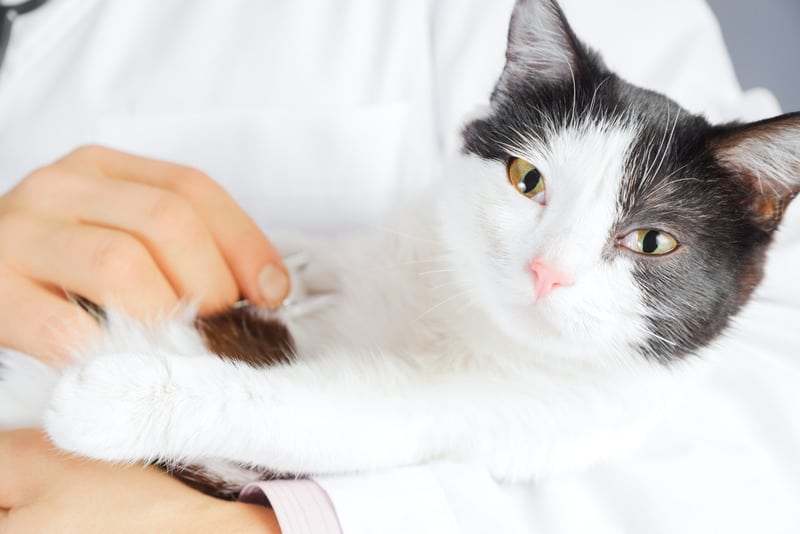
For any cat which develops thyroidism, the goal is to restore the normal thyroid function but to not dip the levels too low so that your cat is not at risk of developing hypothyroidism. So routine monitoring is key here. And nutrition can play a major role in helping to establish adequate thyroid levels in conjunction with vet-suggested treatments.
Should you suspect your cat could have this condition, please don’t hesitate to get them they help they need. Because the sooner your cat receives a diagnosis, the sooner they can see an improvement in their health and well-being.
Do you know the signs of dementia in cats? Read about them here.



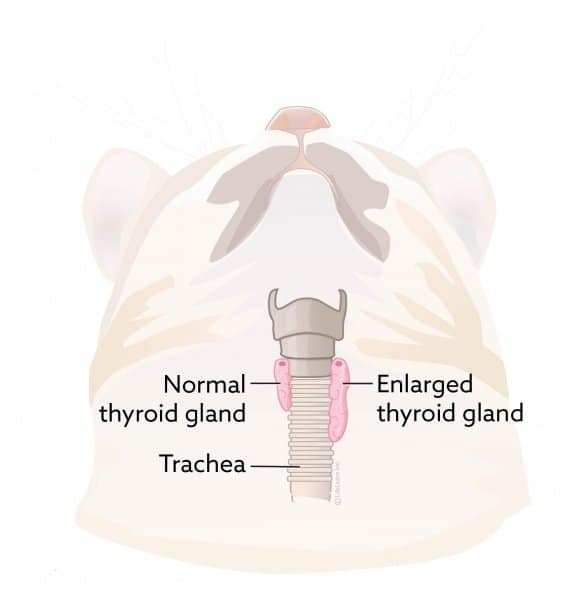


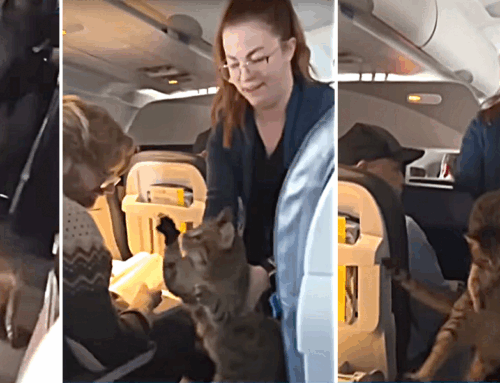
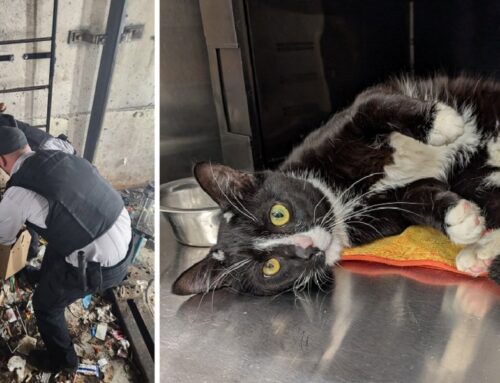
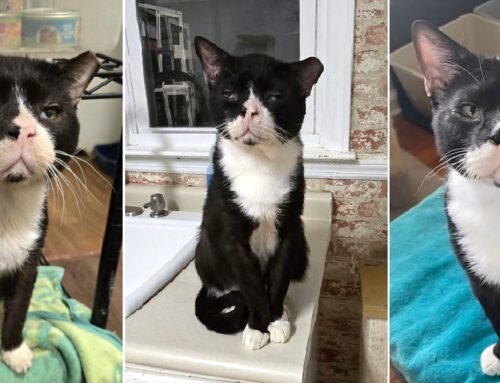

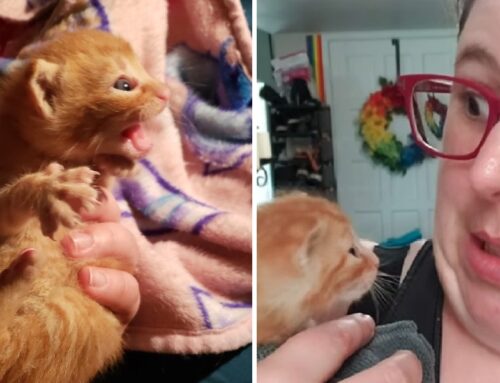
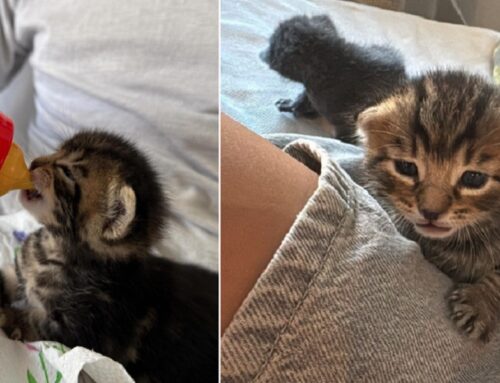
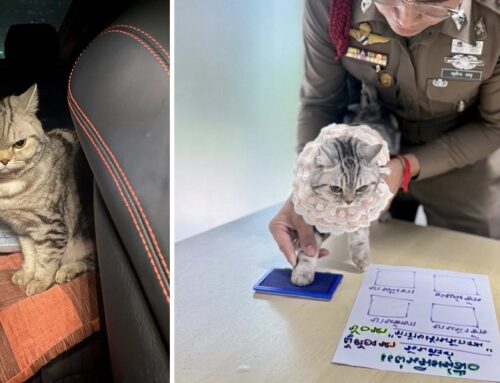
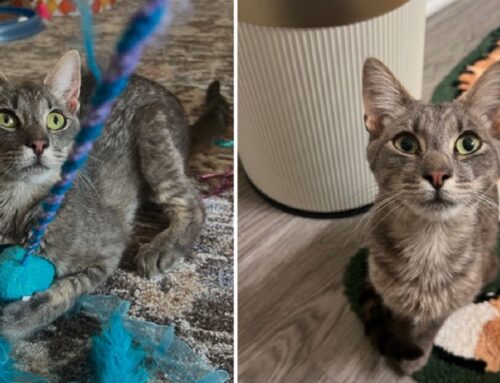
[…] Once they were examined however, and the bloodwork came back, they discovered Nikita is suffering from hyperthyroidism. […]